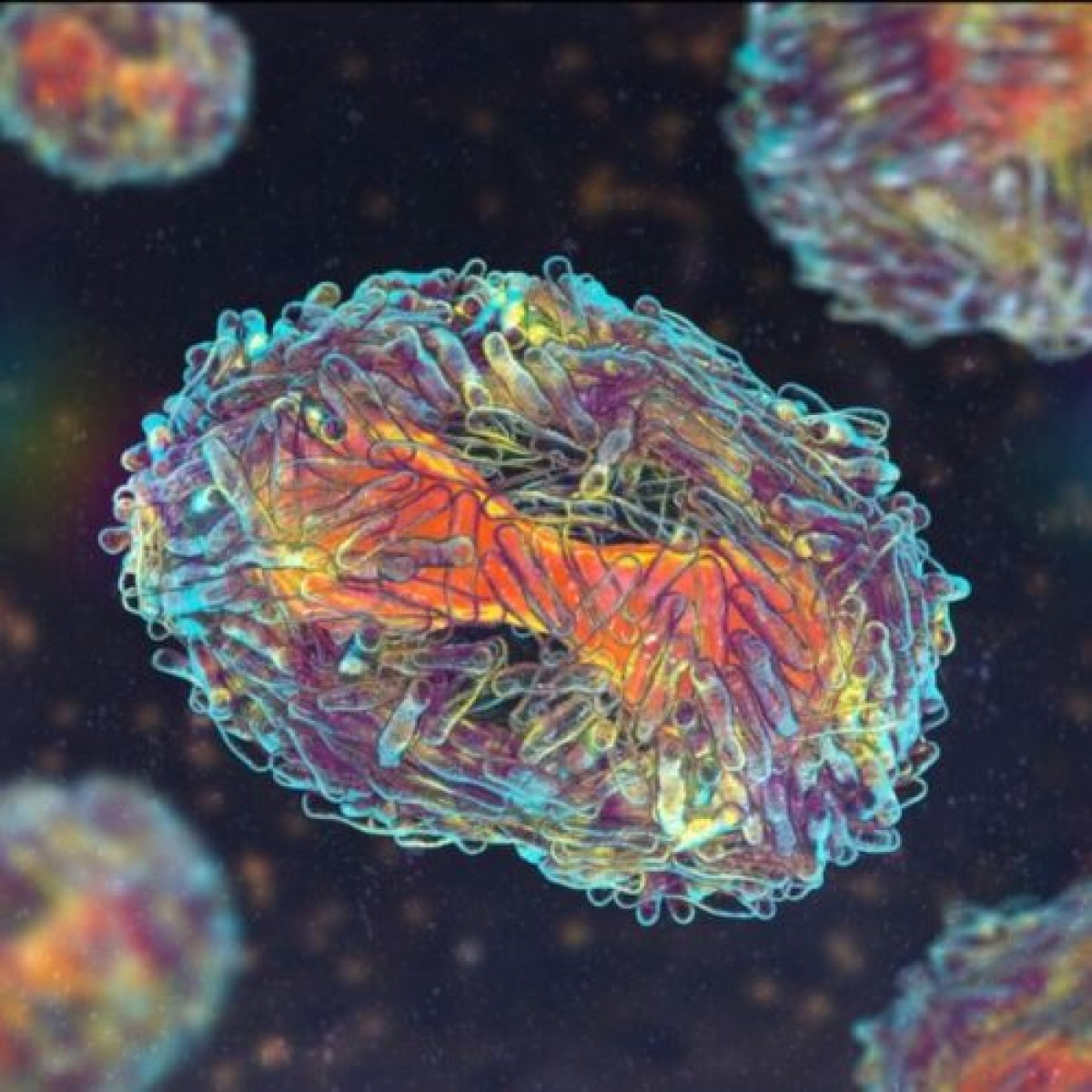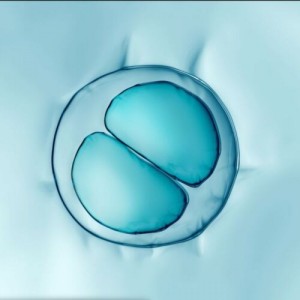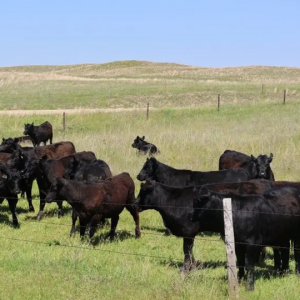Cutaneous mastocytosis in young dogs
Cutaneous mastocytosis (CM) is a rare condition in young dogs characterized by multicentric cutaneous proliferation of neoplastic mast cells.
Clinical data from eight dogs that met inclusion criteria (age of onset less than 1.5 years, greater than three lesions) were obtained via a standardized survey. Biopsy samples were classified by the Kiupel/Patnaik grading systems and analyzed for c-KITmutations.
The median age of onset was six months with a range of 2-17 months.
Dogs had five to more than 50 lesions characterized as nodules, plaques and papules. Seven dogs were pruritic.
Clinical staging in two dogs did not reveal visceral involvement. No dogs had systemic illnesses at diagnosis.
Histologically, CM was similar to cutaneous mast cell tumor (cMCT). Two dogs had neoplasms classified as high-grade/grade II while six dogs had low-grade, grade II neoplasms. No dogs had mutations in c-KIT exons 8 and 11.
Treatment included antihistamines (8/8), corticosteroids (7/8), lokivetmab (3/8) and toceranib (1/8).
Six dogs were alive with lesions at the end of the study with a median follow-up time of 898 days, while two dogs were euthanized.
In dogs with high-grade, grade II neoplasms, one continued to develop lesions at 1922 days post-diagnosis, while the other dog was euthanized at 56 days post-diagnosis. One dog was euthanized 621 days post-diagnosis due to rupture of a neoplasm.
To conclude, CM occurs in young dogs and is histologically indistinguishable from cMCT. Current histologic grading systems did not apply uniformly to the dogs of the study and further studies are needed.
Ching Yang et al. “Cutaneous mastocytosis in 8 young dogs and review of literature.” Vet Pathol. 24 May 2023;3009858231174452. doi: 10.1177/03009858231174452.














List
Add
Please enter a comment